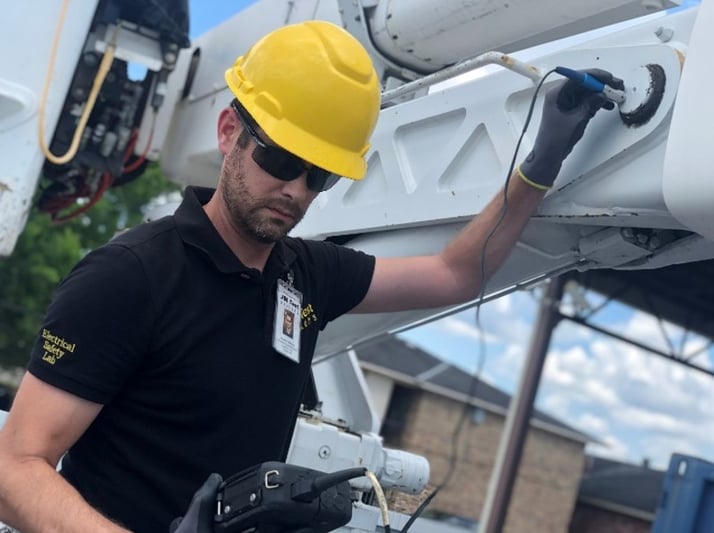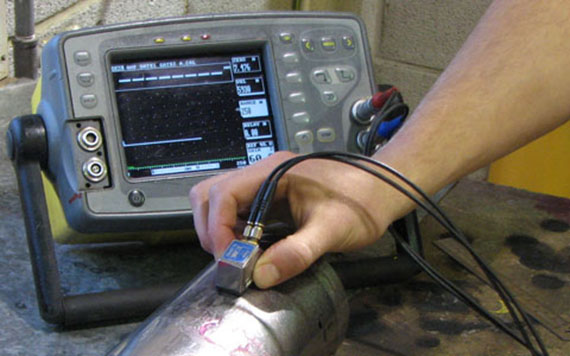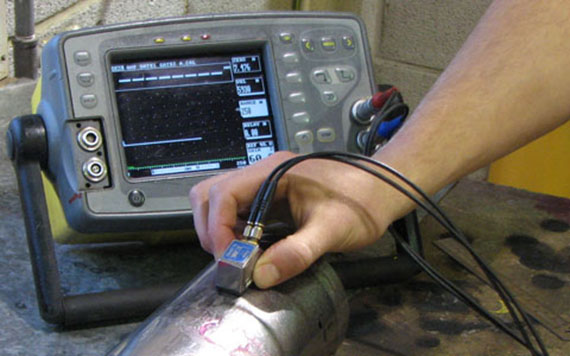In the rapidly evolving landscape of industrial quality assurance, the need to understand how to synchronize multiple inspection devices has become more crucial than ever. Achieving seamless synchronization can significantly enhance the efficiency and accuracy of inspections. This article delves into the strategic approaches and technologies involved in synchronizing multiple inspection devices, providing insightful guidance for industry QA professionals.

Understanding Synchronization in Industrial Inspections
Synchronization in the context of industrial inspections refers to the coordination of multiple devices to work in harmony. This ensures that data captured is accurate, timely, and consistent. Without proper synchronization, discrepancies in data can occur, leading to potential errors in quality assessments.
The Importance of Device Synchronization
Synchronizing inspection devices is pivotal for several reasons. Firstly, it ensures that all devices are working simultaneously, reducing the risk of missing critical data. Secondly, it enhances the reliability of data collected, which is essential for making informed decisions. Lastly, it improves operational efficiency by minimizing the time and effort required to conduct inspections.
Challenges in Synchronizing Multiple Devices
While synchronization offers numerous benefits, it also presents certain challenges. These can include compatibility issues between devices, latency in data transmission, and the complexity of integrating new technologies with existing systems. Overcoming these challenges requires a strategic approach and the use of advanced technologies.
Key Technologies for Device Synchronization
Several technologies play a crucial role in synchronizing inspection devices. Understanding these technologies can help industry professionals implement effective synchronization strategies.
Wireless Communication Protocols
Wireless communication protocols such as Bluetooth, Wi-Fi, and Zigbee are commonly used for synchronizing devices. These protocols enable seamless data exchange between devices, facilitating real-time synchronization.
Cloud-Based Platforms
Cloud-based platforms allow for centralized data management, making it easier to synchronize devices. By storing and processing data in the cloud, these platforms ensure that all devices have access to the latest data, improving both accuracy and efficiency.
Practical Steps to Synchronize Inspection Devices
Implementing synchronization involves several practical steps. Following these steps can help ensure successful synchronization of multiple inspection devices.
Step 1: Device Compatibility Check
Before synchronization, it is essential to check the compatibility of devices. This involves ensuring that devices can communicate with each other and with the central system effectively.
Step 2: Calibration and Configuration
Proper calibration and configuration of devices are crucial for synchronization. This ensures that all devices are set to the same standards and can operate in unison.
Step 3: Implementing a Centralized Control System
A centralized control system is vital for managing multiple devices. It allows for real-time monitoring and control, ensuring that all devices are synchronized and working efficiently.
Benefits of Synchronized Inspection Devices
The benefits of synchronizing inspection devices are manifold, impacting both operational efficiency and data accuracy.
Increased Inspection Accuracy
By synchronizing devices, you can significantly increase the accuracy of inspections. This is because synchronized devices capture data simultaneously, reducing the likelihood of errors.
Enhanced Operational Efficiency
Synchronized operations reduce downtime and increase the speed of inspections. This leads to enhanced operational efficiency, saving both time and resources.
Common Applications of Synchronized Devices
Synchronized inspection devices are used across various industries, including manufacturing, oil and gas, and construction.
Manufacturing Industry
In manufacturing, synchronized devices are used for quality control and assurance, ensuring that products meet specified standards.
Oil and Gas Industry
In the oil and gas industry, synchronized inspections help in monitoring equipment and ensuring safety standards are met. For further insights on inspection frequency in this sector, visit this guide.
Construction Sector
In construction, synchronized devices are used to inspect structural integrity and ensure compliance with safety regulations. For more on inspection frequency, refer to this article.
Future Trends in Device Synchronization
The future of device synchronization looks promising with advancements in technology. Emerging trends include the use of artificial intelligence and machine learning to enhance synchronization processes.
Integration of AI and Machine Learning
AI and machine learning technologies are being integrated into synchronization processes, allowing for predictive maintenance and real-time data analysis. For more details on synchronization and inspection accuracy, explore this resource.
IoT and Connectivity
The Internet of Things (IoT) plays a significant role in device synchronization, enabling enhanced connectivity and communication between devices. Discover more about synchronization in testing by reading this article.
Conclusion
Understanding how to synchronize multiple inspection devices is essential for industry QA professionals. By leveraging the right technologies and strategies, organizations can enhance inspection accuracy and operational efficiency, paving the way for improved quality assurance processes.

FAQs
What are the key benefits of synchronizing inspection devices?
Synchronizing inspection devices increases inspection accuracy, enhances operational efficiency, and ensures reliable data collection.
How does synchronization improve inspection accuracy?
Synchronization ensures that devices work simultaneously, reducing errors and discrepancies in data collection.
What challenges are associated with device synchronization?
Challenges include device compatibility issues, data transmission latency, and integrating new technologies with existing systems.
This article contains affiliate links. We may earn a commission at no extra cost to you.
